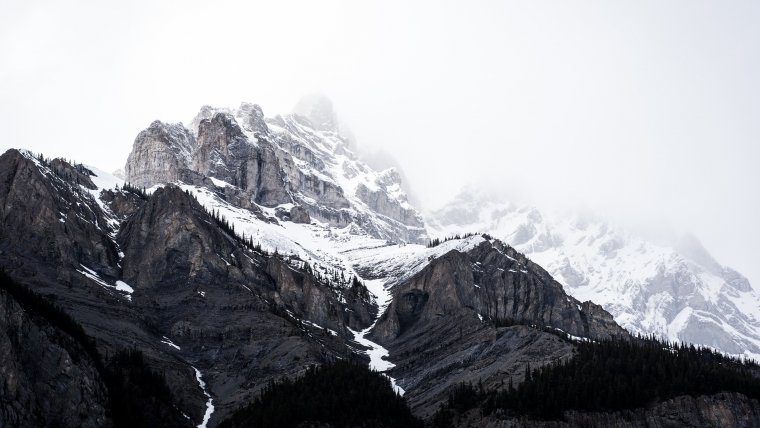
There are three types of areas defined by brightness in a photo: highlights, midtones, and shadows. Highlights are the brightest areas in the photo – the clouds, the sun, or another light source (street lamp, external flash, etc.). On a camera’s histogram (which measures the tones in an image), highlights are shown on the right side. Because highlights are the brightest areas of an image, the viewer’s eyes are usually drawn to it. This can create a problem if the highlight is too bright and becomes clipped, or burnt out. Highlight clipping can be prevented by lowering the exposure or brightness of a photo. A professional photographer will also check his histogram often, in order to make sure that the highlights are not being clipped off at the right side of the histogram. If the highlights are clipped, the camera exposure should be lowered before taking more photos.
Below, we’ll take a look at different environments, examine the highlights in each photo, and discuss techniques to prevent highlight clipping.
Table of Contents
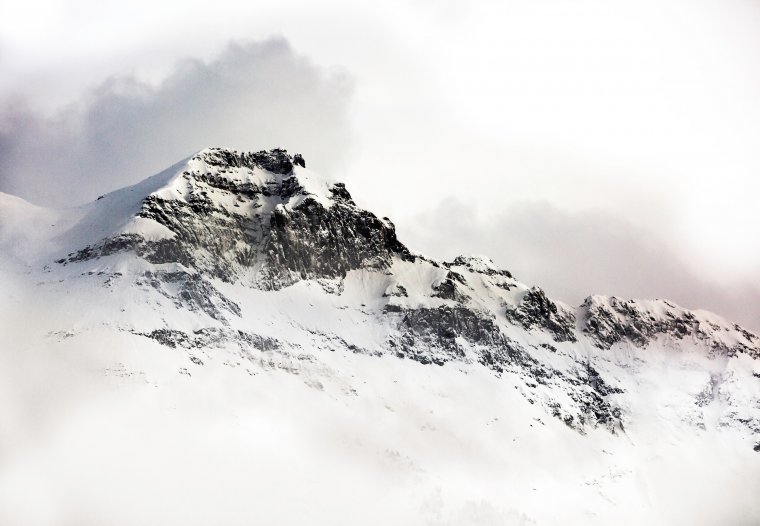
Cameras often have trouble exposing mostly-white or snow scenes. For this reason, the photographer’s best option is to set the exposure manually or lower the brightness of the photo. If not, the highlights might end up being too bright, which would cause the photo to look unnatural and lose detail in the blown out areas. Another option would be to use a polarizing filter on the lens. Polarizing filters have an anti-glare effect and help to darken an image. This also has the side-effect of increasing the saturation.
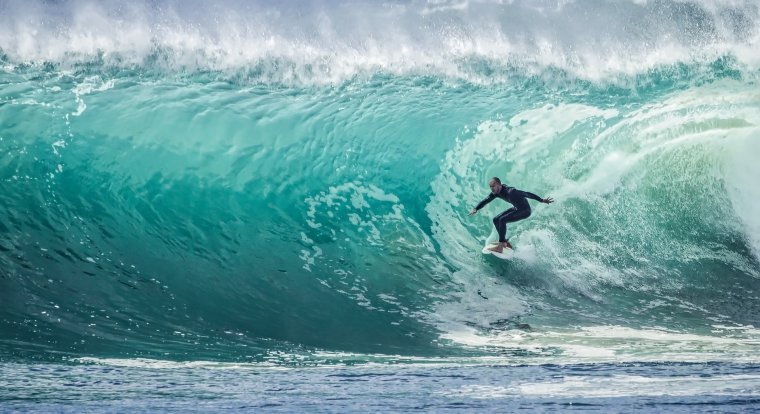
On a bright sunny day, the water reflections from the sun can be devastating to a photo. Those create highlights that are clipped, which means that the highlights are so bright that they have lost all of their detail. This causes the viewer to get distracted from the main subject of the image. To prevent this, a photographer must adapt to changing circumstances. As the sun goes up and the day gets brighter, the photographer must compensate by lowering the overall exposure.
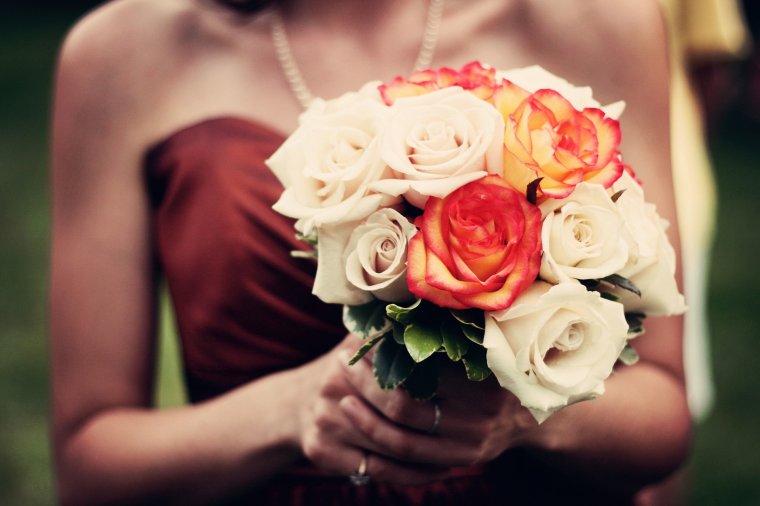
What areas of the flowers are your eyes most attracted to initially? I’d bet it was the upper left portion of the white flowers! As you’ve learned by now, our eyes are drawn towards the highlights in a photo. This tendency of the viewer can be used to the photographer’s advantage. Clearly, we see the photographer’s focus in this image was on the flowers, and not on the bride (or bridesmaid). The photographer wanted the viewer to have that same focus. By coordinating colors, outfits, props and backgrounds, a photographer can prepare in advance to be able to capture the ideal highlights in a photo session.
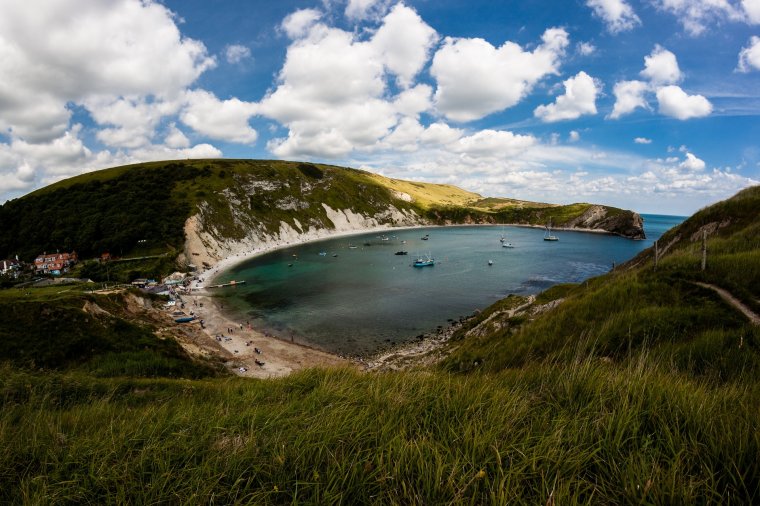
In almost every image that includes clouds or the sky, those are usually the highlights. A photographer needs to be careful not to blow out the details of the sky and clouds. In the photo example above, we clearly see the details of the clouds. The detail in the clouds helps us see it’s form, shape, and size. This looks natural and is appealing to the eyes.

Naturally, the brightest part of any photo that includes the sun would be the sun itself. This is obvious, but it can create issues if the brightness of the sun blows out the details in the highlights. The best way to prevent this would be to use a metering method called spot metering. By locking the exposure on the woman’s hair, the camera will set the exposure to get the details in the woman’s hair. Spot metering is an effective tool to get the correct exposure for portraits.
Comments (0)
There are no comments yet.